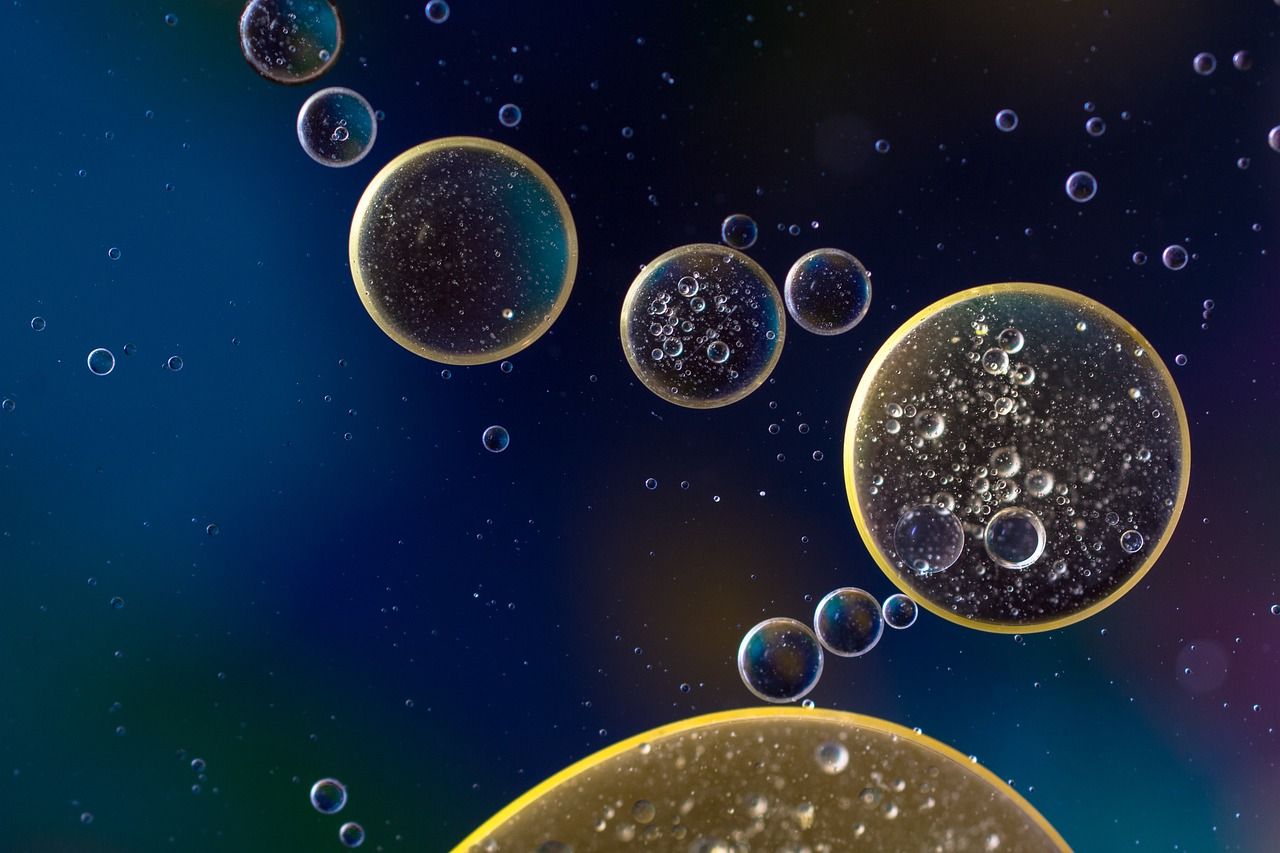Follow us on Google News (click on ☆)
Researchers from Scripps Research and Georgia Tech attempted to recreate the conditions that existed on Earth billions of years ago. Their results, published in Chem, show that this famous reaction does not produce the right sugars to form RNA, a central element in the functioning of living organisms.

Illustration image from Pixabay
Since 1861, it was believed that this reaction could produce ribose, a simple sugar with a straight-chain structure. But researchers discovered that this reaction instead produces branched sugars, which are unusable for making RNA.
To reach this conclusion, the scientists used a method called NMR spectroscopy, which allows for detailed analysis of reaction products.
Ramanarayanan Krishnamurthy, a chemist at Scripps Research, believes we need to explore other scenarios. Even though these "malformed" sugars are not useful for creating life, they could be valuable in other fields, such as... biofuel synthesis.
This work does not close the debate on the origin of life, but it forces scientists to revisit their hypotheses. Perhaps other chemical reactions, still unknown or poorly studied, were responsible for the emergence of the molecules essential for life.
This research was funded by NASA's Exobiology program. It shows how understanding ancient chemistry can help us better grasp the beginnings of life... and invent new technologies.
What is the formose reaction?
The formose reaction is a chemical phenomenon discovered in 1861. It occurs when very simple molecules called formaldehyde assemble to form more complex sugars.
This reaction can self-accelerate, making it interesting for researchers. For a long time, it was believed that it could explain the presence of the first sugars on Earth, particularly ribose. But in reality, it mainly produces "messy" sugars, which are unsuitable for RNA.
Moreover, the conditions required for this reaction—heat, high pH—may not have been realistic for Earth's prehistoric era.
Nevertheless, this reaction continues to interest scientists, both for understanding our origins and for inventing new chemical processes.
Why is ribose so special?
Ribose is a small sugar that plays a big role: it forms the backbone of RNA, a molecule that helps create proteins. RNA is even considered one of the very first living elements on our planet.
Ribose has a straight shape, which allows it to assemble well with other elements like nitrogenous bases. Without this linear shape, no RNA is possible... and thus, no life as we know it.
This is why the fact that the formose reaction does not produce straight ribose is a real problem for theories about the origin of life. Researchers will now have to look for other reactions that could produce this very special sugar.
Understanding how ribose appeared is a key piece of the grand puzzle of life.
Sugars useless for life, but useful for energy?
Even though the sugars produced by the formose reaction are not suitable for making RNA, they could still be useful elsewhere. These branched sugars, although poorly suited for the chemistry of life, interest energy researchers.
Indeed, their complex structure could be exploited in the production of biofuels, fuels made from organic materials.
Thanks to certain transformation techniques, these sugars could serve as a basis for creating renewable energy molecules capable of powering engines or fuel cells. An unexpected way to recycle a chemical reaction previously considered too messy for life!